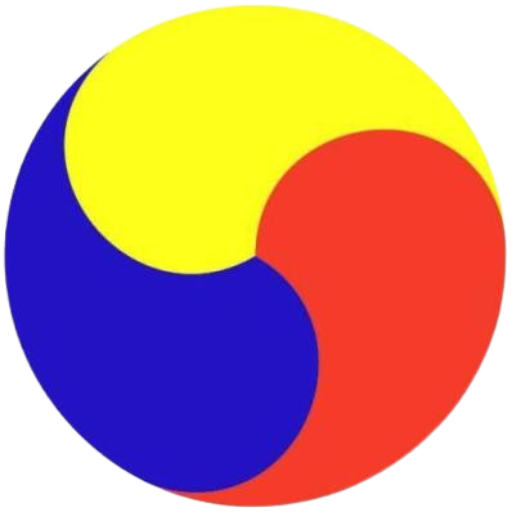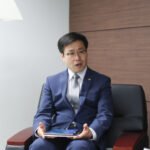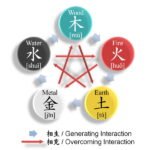
South Korea is turning to Southwest Asia as a new export market with a focus on Bangladesh as it seeks to expand trade with the energy-rich, populous region as part of efforts to reduce reliance on the US and China, said South Korea’s top trade negotiator.
With abundant energy resources and minerals, Southeast Asia could also play a key role in strengthening South Korae’s natural resource supply chain.
“We focus on Southwest Asia as our initial target region within the Global South markets,” Yeo Han-koo, South Korea’s trade minister, told The Korea Economic Daily in an interview on Thursday.
“Southwest Asia is home to 2 billion people, or 25% of the global population. It holds immense growth potential as an attractive consumption market,” he said.
“We’ll swiftly advance trade negotiations with Southwest countries, including Bangladesh and Pakistan.”
Global South broadly encompasses developing countries across Asia, Africa and South America.
According to guidelines of South Korea’s Ministry of Foreign Affairs, India, Bangladesh, Pakistan, Butan, Nepal, Afghanistan and Maldives are classified as Southwest countries.
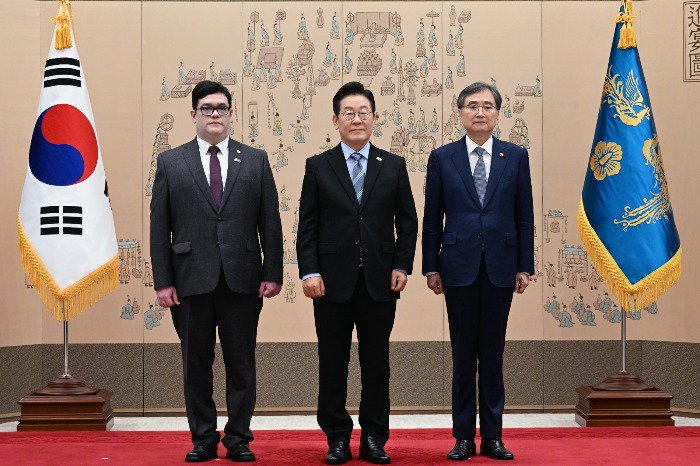
BANGLADESH
In August, it held a first-round negotiation with Bangladesh on a comprehensive economic partnership agreement (CEPA). CEPA is aimed at deepening economic ties in areas such as investment, trade in services, intellectual property and regulatory issues beyond tariffs.
Bangladesh is the world’s eighth most populous country with a 170 million population and ranks as the second-largest hub of clothing manufacturing.
“Bangladesh has sustained rapid economic growth — 6-7% annually on average — over the past several years, driven by abundant labor and natural resources,” Yeo said.
South Korea is the fifth-largest investor in the country, where more than 100 Korean companies operate manufacturing facilities, led by Youngone Corp., an original design manufacturer (ODM) for foreign outdoor brands such as The North Face and Nike.
In 2024, bilateral trade between the two countries stood at a mere $1.98 billion. The Southwestern country is ranked 54th among Seoul’s trading partners.
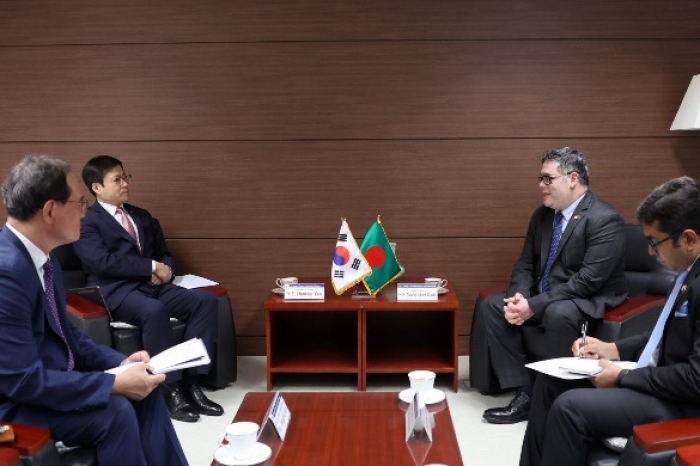
Diversifying export destinations is essential for Asia’s No. 4 economy, which drives 90% of gross domestic product from trade.
With South Korean exporters reeling from US tariff hikes, Yeo expects a CEPA with Bangladesh will boost the two country’s trade.
In 2010, South Korea signed a CEPA with India, Southwest’s largest country. Their bilateral trade has since more than doubled in value, while South Korea’s investment in the country has nearly quadrupled, he added.
TAILORED APPROACH
Yeo said that the country will speed up free trade negotiations with Southeast Asian countries, including Thailand and Malaysia, as the ASEAN (Association of Southeast Asian Nations) is emerging as South Korea’s key trading partner.
In August, South Korea’s exports to the ASEAN reached $10.9 billion, surpassing shipments to the US at $8.7 billion and nearing the $11.0 billion exports to China.
ASEAN groups Brunei, Cambodia, Indonesia, Laos, Malaysia, Myanmar, the Philippines, Singapore, Thailand and Vietnam.
Many developing countries are seeking technology cooperation in manufacturing sectors such as semiconductors, electronics and electric products, and automobiles. Against this backdrop, Seoul will engage in trade talks under a win-win strategy.
“We’ll pursue tailored trade agreements with other Global South countries, including those in the Middle East, Central and South Asia and Africa,” Yeo noted.
By Dae-Hun Kim
daepun@hankyung.com
Yeonhee Kim edited this article.
